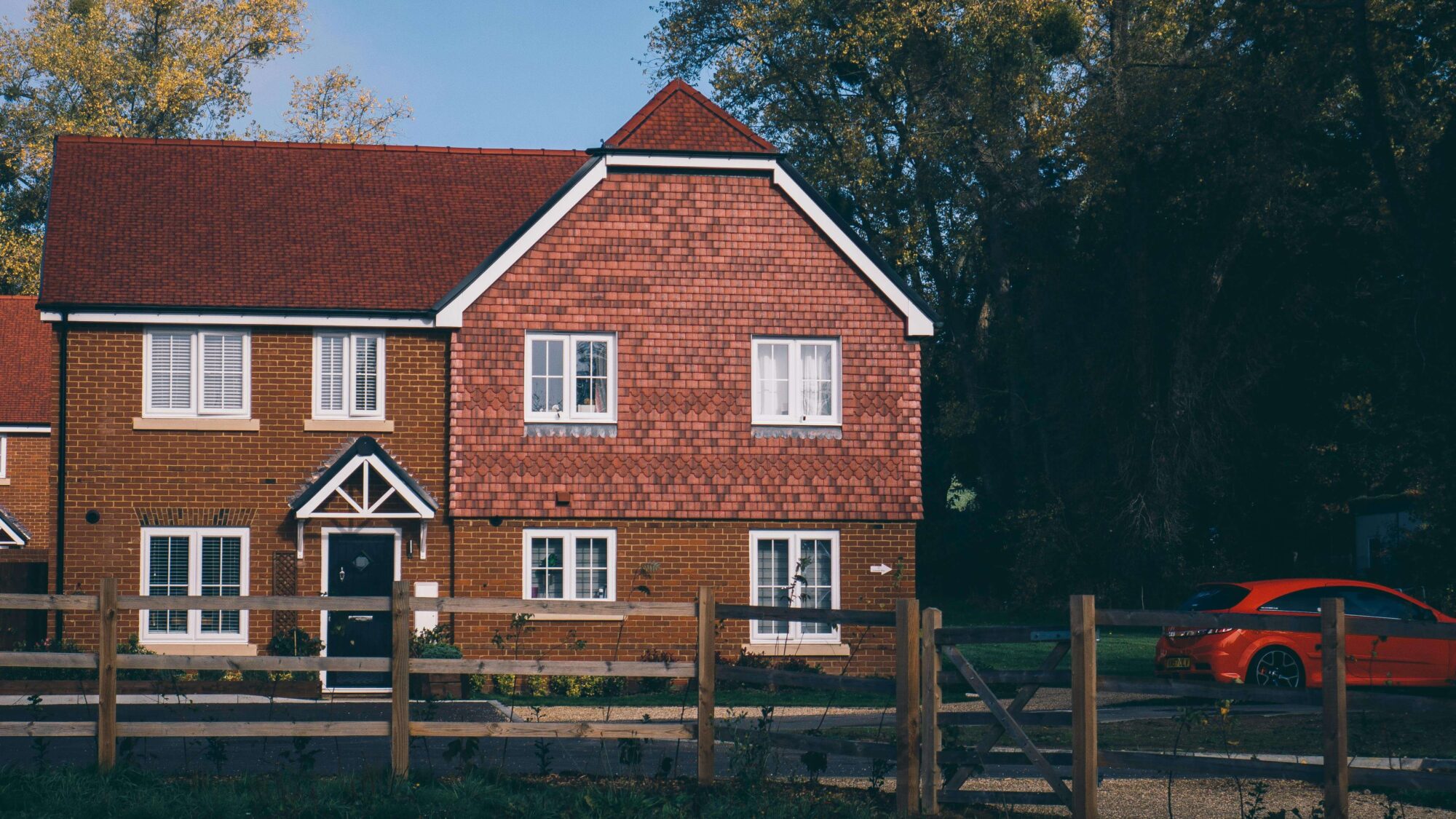Selling a shared ownership house or flat can be an easier and certainly faster process…
Architect Liable for Negligent Certification
PLEASE NOTE: Information in this article is correct at the time of publication, please contact DFA Law for current advice on older articles.
When a building contract for a block of flats went wrong, leaving the new building with many defects, an architect who had no contract with the owners of the flats found himself in the firing line.
When the block of flats was built, the owner of the freehold (a developer) retained half of the units for rental and sold the rest on long leases.
The freeholder had retained a property agent to carry out inspections to ensure that the building was constructed to a satisfactory standard and in compliance with the necessary planning requirements. The property agent retained an architect to act on its behalf. The architect issued certificates of compliance. The agent provided guarantees to that effect to the leaseholders and guaranteed to maintain the building in good repair and to provide various services.
The flats had numerous defects, which appeared over a period of years. In addition, there were issues regarding the common areas and with the services provided by the landlord. The leaseholders sought compensation for the cost of the remedial work and other costs incurred by them because of the deficiencies.
Claims were brought against the landlord and the property agent for their negligence. The architect was also joined as a defendant as he had supplied the certificates of compliance.
The landlord admitted liability for some of the problems, but not all. The court had to consider many issues regarding the validity of the claims and the limits of liability. Importantly, the court ruled that the architect’s certificates were relied upon by the purchasers and that the appropriate measure of the loss to the leaseholders was the reduction in value of their flats, taking into account the numerous defects, at the date of the purchase.
The architect was in the firing line because he had relied on the developer to confirm that various aspects of the work were completed (or rectified) to a satisfactory standard and in accordance with the planning permission. He should have been aware that his certificates would be relied upon by the purchasers and accordingly he was liable to them despite having no contract with them.
The case makes it clear that in appropriate circumstances it is possible to become liable to people with whom one has no contractual relationship for work done for another person or organisation.
If you have relied on representations made by a professional and have suffered a loss as a result, contact Richard Forskitt for advice.



